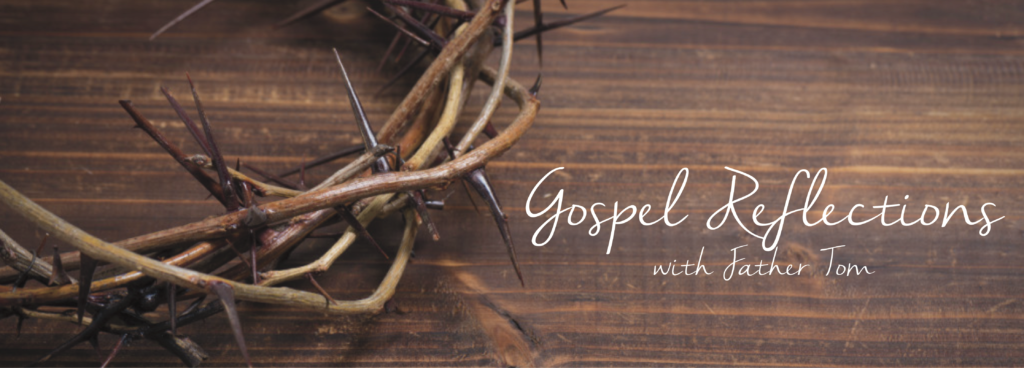
There have always been two views of the Church – one exclusive, the other inclusive. The exclusive view holds that the Church is for good people, for the fully committed. In the inclusive view, the Church must be open to all, to the hot, the cold and the lukewarm, to saints and sinners. For some, the presence of sinners in the Church is a cause of scandal. If they had their way, only saints would be admitted.
The issue of sinners in the Church was a big one for the early Church too. So how did they approach it? Some were for weeding sinners out. But others turned to the example of Jesus for guidance. First of all, they had his practice to guide them. Not only did he not exclude sinners, he welcomed them. He declared that he had come, not to call the just, but sinners to repentance. Then they had his teaching to guide them. The parable about the field in which wheat and weeds grow together until the harvest was a response to this very question.
Human beings are complex. They can’t be divided into the good and the bad, as though they were two completely separate classes of people. There is no line you can draw which would neatly separate the good from the bad. Any such line would go right through each human heart, for there is good and evil in every heart. All of us are a mixture of good and bad. The people we call ‘good’ may have terrible things in them – mad moods of recklessness, assertion, jealousy, sin. And so-called ‘bad’ people may have in them sorrow, repentance, pity, sacrifice.
So what should we do? As far as ourselves are concerned, the best thing we can do is take a good look into our own field. If we find some weeds there, as no doubt we will, there is no law against trying to rid ourselves of them. If we try to do so, we will discover what a painful process this is.
As far as others are concerned, we should try to act towards them as Jesus acted. Isn’t it strange that he who had no trace of weed in him could be so understanding towards those who failed to measure up?
The Church can do no better than imitate its Founder. It has to be big enough and loving enough to hold sinners in the fold. If it did not do so, it would not be the Church of Christ. The suggestion to root out the weeds would seem to make a lot of sense, and indeed it has often been tried. A Church that admitted only saints would make about as much sense as a hospital that admitted only people who are well, or a repair shop that accepted only things that are whole. The Church is not a museum for saints, but a school for sinners.
The Church is a temple with a hundred gates, and pilgrims enter from every angle. Through every door, and from all kinds of paths, we enter the house of God on a Sunday morning. Ours is not a Church for those who feel good, but for those who know they are not.
While we distinguish dearly between good and evil, we must aim at being as understanding and compassionate as God is. The time for judgment is not yet. Now is the time for conversion. People can change. We can change.
